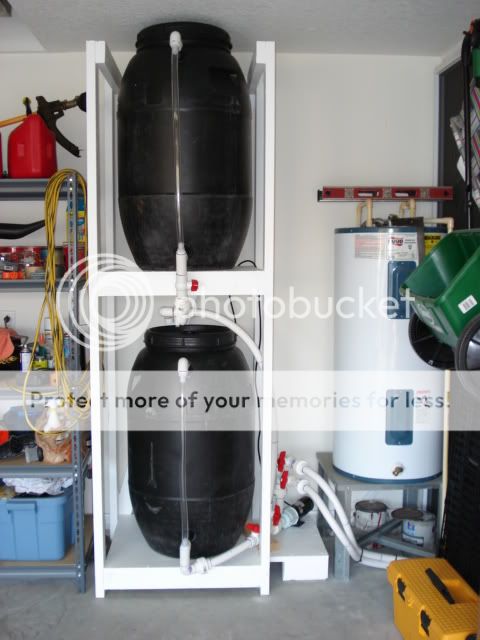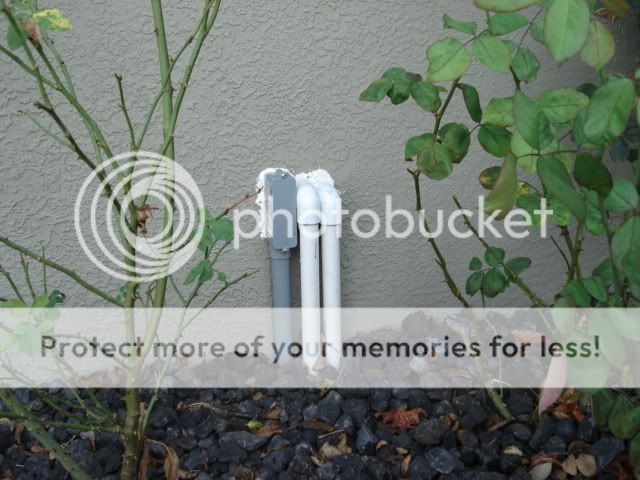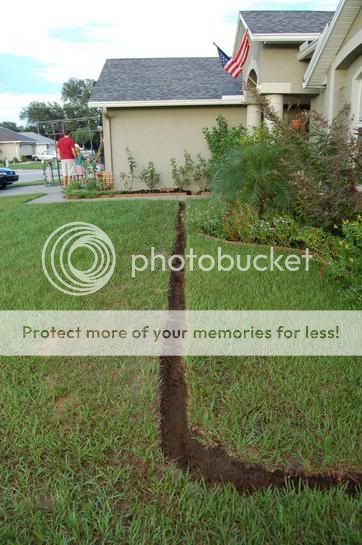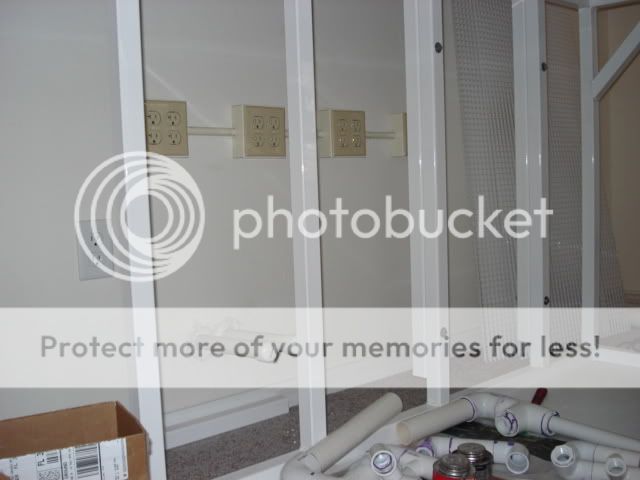I have come to realize on my 300 gal system that I just don't do enough water changes. I am just too lazy! Weeks will sometimes turn into monthes before I realize how long it has been since I have done a water change.
So....I was thinking that if I made it easier I would be more likely to do it. Also....I was thinking that I should increase the size of my water change since I don't do it as often as I should.
So...the questions. What do people here think is a maximum safe percentage of system volume that I should set up my water changes for? Currently my waterchanges are around 8 to 9% of water volume. Can I increase that to something more....say 20 to 30%?
Can anyone susggest some plans for a relatively foolproof automatic waterchange system. I am invisioning having 2 containers....one for the new water and one for the old water. I would like to just be able to turn and value and come back in a few hours.....any ideas?
So....I was thinking that if I made it easier I would be more likely to do it. Also....I was thinking that I should increase the size of my water change since I don't do it as often as I should.
So...the questions. What do people here think is a maximum safe percentage of system volume that I should set up my water changes for? Currently my waterchanges are around 8 to 9% of water volume. Can I increase that to something more....say 20 to 30%?
Can anyone susggest some plans for a relatively foolproof automatic waterchange system. I am invisioning having 2 containers....one for the new water and one for the old water. I would like to just be able to turn and value and come back in a few hours.....any ideas?







